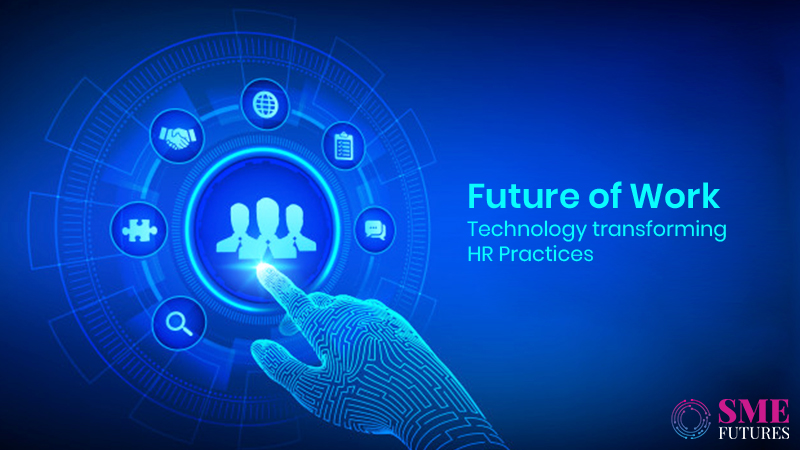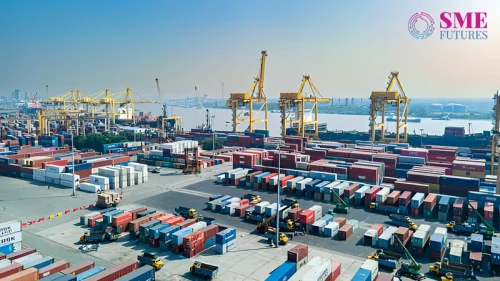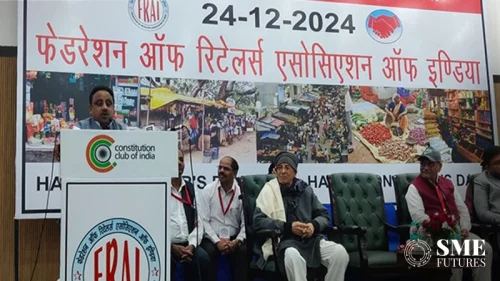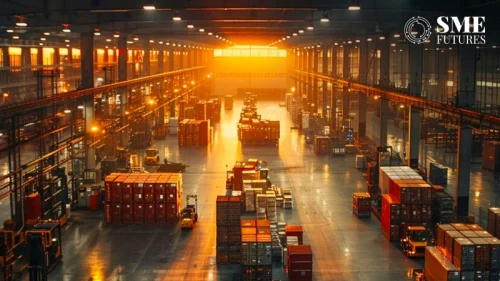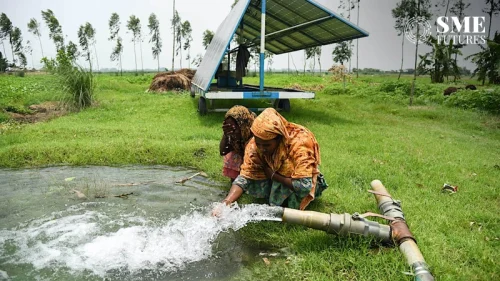The global outbreak of COVID-19 has a lasting effect on industries across the globe, including the manufacturing industry. While it has raised questions on various topics ranging from managing the workforce, operations, global supply chain, fluctuating market demands, etc., it has opened paths for newer methods and processes. Technology is the critical enabler in adopting new practices, and these are valid in the case of HR too.
The adoption of technology drives efficiency, productivity, and income growth. Tools for virtual collaboration, crowdsourcing of innovative ideas, AI-enabled hiring platforms are a few examples where companies are investing today. Additionally, the availability of advanced options and server infrastructure for remote working is also helping companies cope with the disruption of normal operations. The overall experience of remote working has been positive for the industry and will possibly be recommended more in the coming days.
For the past few years, technological advancements were already disrupting the way companies operate. The procedures have changed in terms of strategies and Human Resource Management. The workforce has also changed in terms of their expectations from a job. These changes are going to be more revolutionary in the future.
Understanding the changing culture, manufacturing companies have also adopted newer ways to be on par with the future of work.
Changing HR Roles
Companies are evolving into the new virtual work style and are embracing the latest technologies for smarter ways to boost productivity and engagement. In response to this, the manufacturing industry is taking initiatives to equip itself with the technologies needed to succeed. It includes new tools and new skills in automated tools, artificial intelligence (AI), the internet of things (IoT), and machine learning (ML).
Technologies are acting as catalysts, transforming HR into the role of a business enabler, from that of a business supporter. Various analytics tools that give insights on employee-related topics and trends have already been helping the HR function in this regard. This technological shift was pushed even further due to the lockdown. Today HR teams across industries are using various forms of tools to carry out the remote HR tasks. Technology supports the HR function to evolve into strategic thinkers.
With technology pushing boundaries, the nature of work is also witnessing a shift. While the backend processes are being automated and repeated tasks being bundled, there’s much focus on identifying redundancies and eliminating them through technology intervention.
Artificial Intelligence for Recruitment
Recently, there has been a significant shift from the in-person selection process to a virtual selection process. This shift is boosted by the need for social distancing and the hiring engine to continue functioning while the current crisis withdraws. Adapting to newer methodologies such as video interviews and online assessments will take prominence over the traditional ones.
There are numerous AI-based tools today that make the selection process faster. The courtship of an employee goes beyond what has been listed on the resume. A match in personality, aptitude, and of course, culture are factors that go into shortlisting a candidate. AI-based HR tools help make this process more efficient and enable sorting through hundreds of resumes in lesser time.
Continuous Reskilling & Upskilling
A healthy work environment and upskilling of employees have always been a constant aspect across diverse HR strategies. However, re-skilling often followed a traditional, transactional method that was time-consuming. The pace of re-skilling required today is much higher and is continuous.
Reskilling has become the most critical feature of the HR Strategy. Reskilling and upskilling of employees not only prepare employees for current trends and technologies but also helps them grow personally, resulting in higher job satisfaction. Nurturing an open and people-centric ethos where employees’ beliefs are respected, and a mutual sense of appreciation is present, has become crucial. The workforce should be empowered to share ideas and take actions benefiting the organization.
Retention of employees is one of the critical challenges faced by organizations today. More than two-thirds of the global workforce will constitute millennials by 2025. Millennials require personal growth and look for opportunities that are creatively satisfying as well. Skill development and opportunity accessibility is a tremendous driving force for retaining the millennial workforce. The agility to learn should be promoted across the organizational hierarchy for the sustenance of the workforce.
Using Cloud Computing in HR
Human Resource is widely adopting cloud computing. It helps in bridging the gap between all the departments in the organization through a centralized data system. Data can be accessed anywhere by anyone making work efficient and manageable. It has enabled a hurdle-less, instant flow of information, which aids in making better decisions and acts as a vital support system in recruitment and retention programs. Bringing employee engagement in decision-making is one of its most obliging features and has increased workforce loyalty and retention.
Conclusion
Technology in the manufacturing industry and other industries is redefining the future of work. To produce a right work environment and better productivity in the current times and post COVID-19, a blend of digital skills with unique human expertise and advanced technology is what is required. By understanding the change and adopting technological innovations, new opportunities can be created. The more modern trends and technologies promise a truly transformative future.

